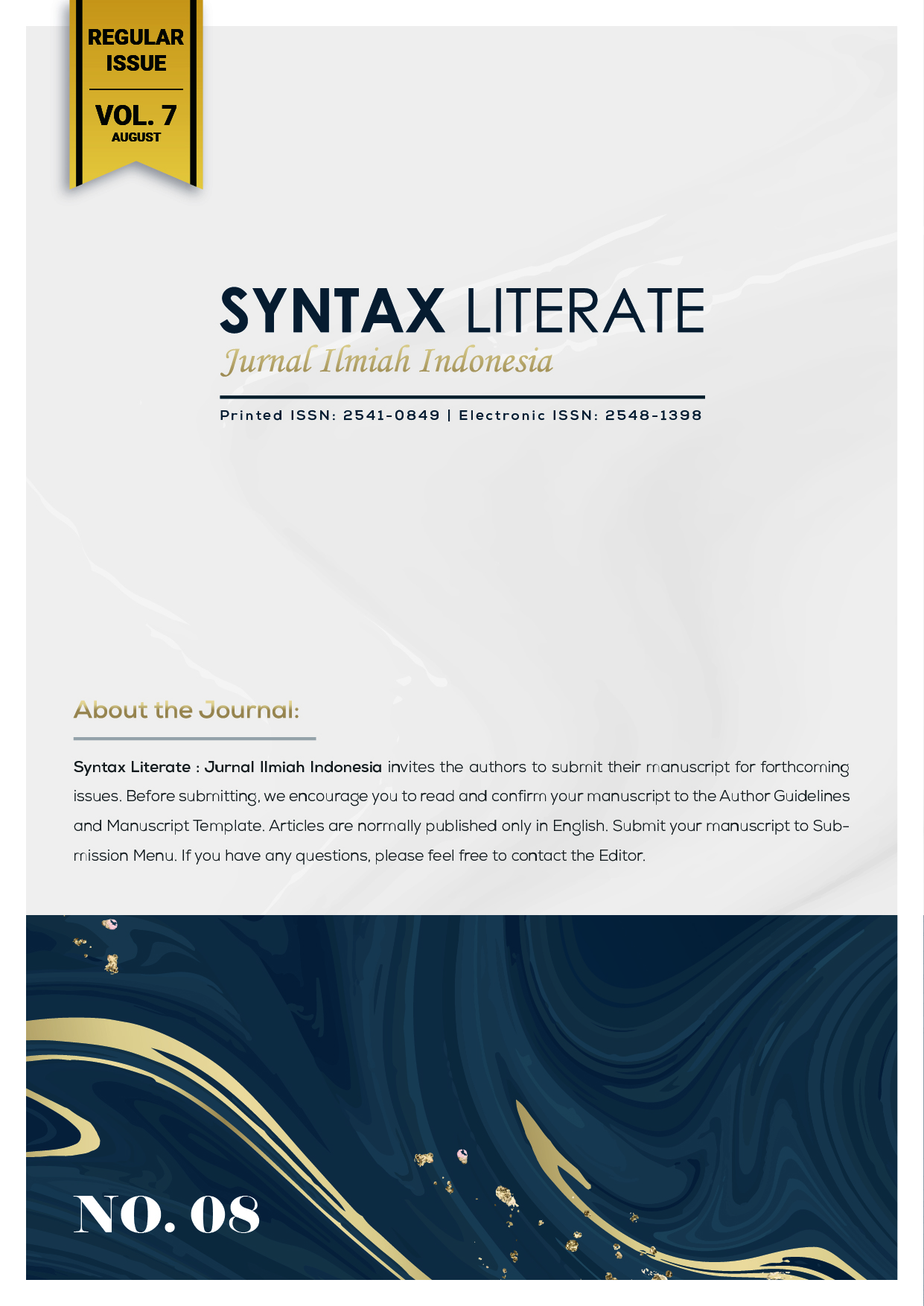Pengaruh Densitas dan Viskositas Biodiesel Campuran Jatropha–Sawit Terhadap Sudut Injeksi
Abstract
Pertumbuhan ekonomi dan bertambahnya jumlah penduduk berdampak pada peningkatan kebutuhan energi dari berbagai sektor. Bahan bakar fosil adalah sumber yang paling banyak digunakan namun tidak terbarukan. Perlunya sumber energi alternatif yang dapat diperbaharui sebagai pengganti bahan bakar fosil. Biodiesel merupakan bahan bakar alternatif pengganti minyak solar, dapat dihasilkan dari transesterifikasi minyak nabati atau lemak hewani. Penelitian ini bertujuan untuk mengetahui sifat fisik dan karakteristik injeksi bahan bakar. Bahan bakar yang digunakan adalah campuran biodiesel minyak jarak-sawit dan solar. Penelitian ini menggunakan variasi sampel bahan bakar B5, B10, B15 dan B20 serta solar murni sebagai pembanding. Hasil penelitian menunjukkan bahwa viskositas dan densitas mempengaruhi karakteristik injeksi bahan bakar. Semakin tinggi viskositasnya, semakin sempit sudut injeksi bahan bakarnya.
Downloads
References
Agarwal, D., & Agarwal, A. K. (2007). Performance and emissions characteristics of Jatropha oil (preheated and blends) in a direct injection compression ignition engine. Applied Thermal Engineering, 27(13), 2314–2323.
El Boulifi, N., Bouaid, A., Martinez, M., & Aracil, J. (2010). Process Optimization for Biodiesel Production from Corn Oil and Its Oxidative Stability [Research Article]. International Journal of Chemical Engineering. https://doi.org/10.1155/2010/518070
Eloka-Eboka, A. C., Igbum, G. O., & Inambao, F. L. (2017). Biodiesel methyl ester production and testing from selected African tropical seed oil feedstocks. Energy Procedia, 142, 755–767. https://doi.org/10.1016/j.egypro.2017.12.123
Hoekman, S. K., Broch, A., Robbins, C., Ceniceros, E., & Natarajan, M. (2012). Review of biodiesel composition, properties, and specifications. Renewable and Sustainable Energy Reviews, 16(1), 143–169.
Knothe, G., & Steidley, K. R. (2005). Kinematic viscosity of biodiesel fuel components and related compounds. Influence of compound structure and comparison to petrodiesel fuel components. Fuel, 84(9), 1059–1065. https://doi.org/10.1016/j.fuel.2005.01.016
Lanjekar, R. D., & Deshmukh, D. (2016). A review of the effect of the composition of biodiesel on NO x emission, oxidative stability and cold flow properties. Renewable and Sustainable Energy Reviews, 54, 1401–1411. https://doi.org/10.1016/j.rser.2015.10.034
Sasongko, M. N. (2019). Droplet Combustion Characteristic of Biodiesel Produced from Waste Cooking Oil. IOP Conference Series: Materials Science and Engineering, 494, 012008. https://doi.org/10.1088/1757-899X/494/1/012008
Silitonga, A. S., Masjuki, H. H., Mahlia, T. M. I., Ong, H. C., Chong, W. T., & Boosroh, M. H. (2013). Overview properties of biodiesel diesel blends from edible and non-edible feedstock. Renewable and Sustainable Energy Reviews, 22, 346–360. https://doi.org/10.1016/j.rser.2013.01.055
Wahyudi, W., Sarip, S., Sudarja, S., & Suhatno, H. (2020). Unjuk Kerja Mesin Diesel Berbahan Bakar Campuran Biodiesel Jarak dan Biodiesel Jelantah. JMPM : Jurnal Material dan Proses Manufaktur, 3(1), Article 1. https://doi.org/10.18196/jmpm.3135
Copyright (c) 2022 Wahyudi Wahyudi, Muhammad Nadjib, Adi Parmono

This work is licensed under a Creative Commons Attribution-ShareAlike 4.0 International License.











